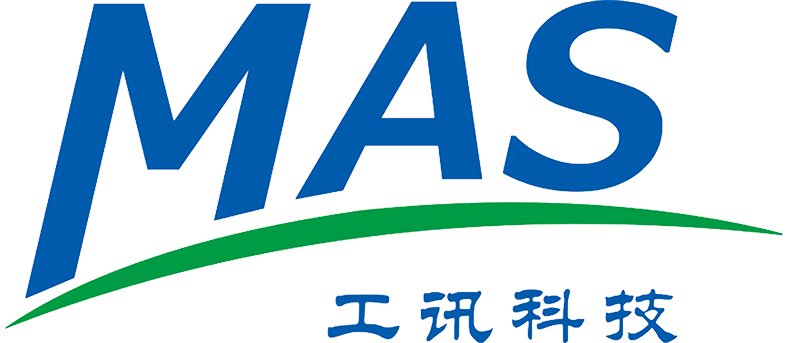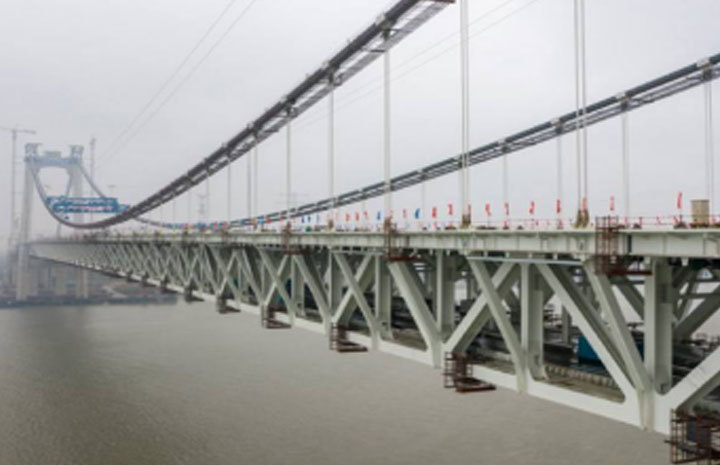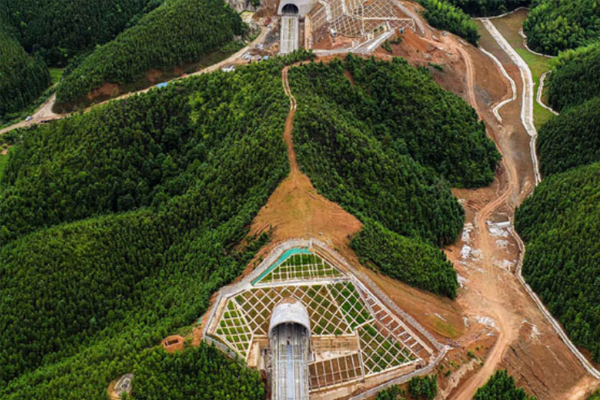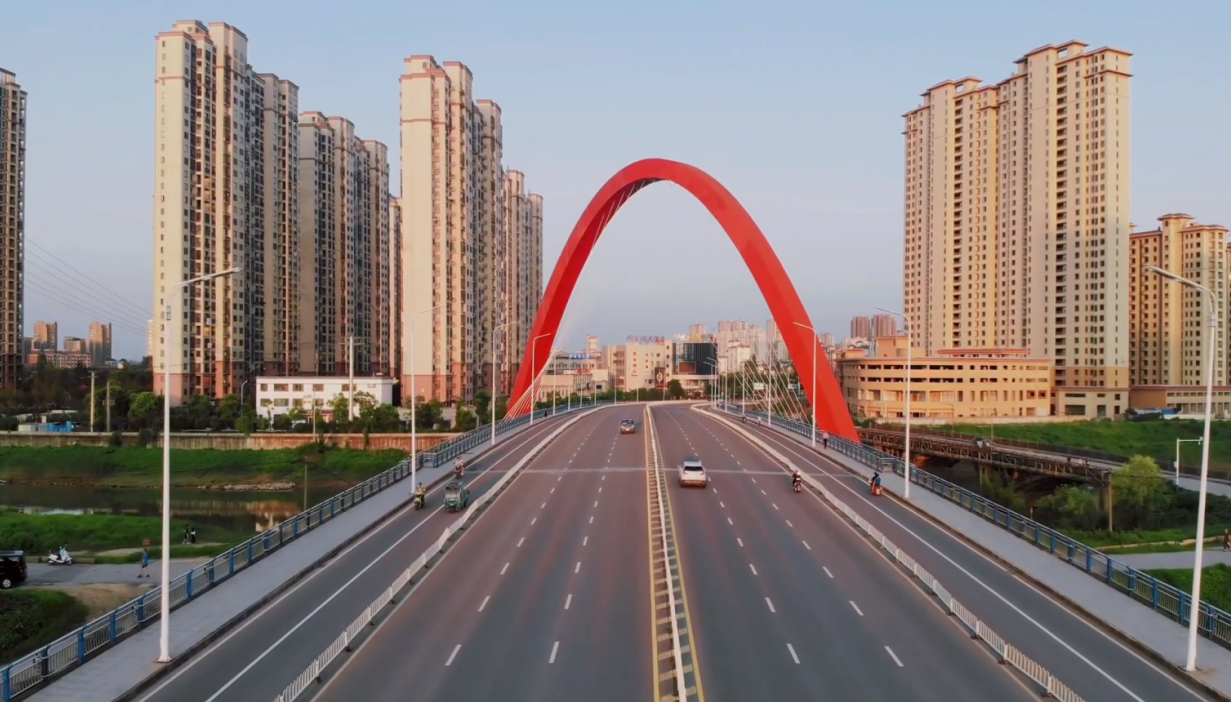
Bridge Health Monitoring
1. Monitoring Background
Modern large-scale bridges are important nodes of main traffic arteries and have a significant impact on the development of transportation. During the long-term use of bridges, environmental erosion, material aging, increasing traffic volume, and the increasing number of heavy and overweight vehicles crossing the bridges have led to structural damage and functional degradation. As a result, the ability to resist natural disasters and even normal environmental effects is reduced, leading to catastrophic accidents in extreme cases, causing significant casualties and property losses. Automated monitoring and diagnosis of bridge structure performance, timely damage assessment and safety warning have become an inevitable requirement for future bridge construction.
2. System Overview
Based on the Internet of Things and big data technology, the bridge health automatic monitoring system carries out long-term automatic online monitoring of the bridge structure, stores the monitoring data in the cloud platform, grasps the bridge health status in real time, and carries out damage assessment and safety warning in time. It provides a reference for the maintenance of the bridge, and provides a guarantee for the healthy operation of the bridge.
Bridge Health Monitoring Systems
"Real-time monitoring of bridge structural conditions to prevent potential risks and ensure traffic safety, delivering comprehensive structural health assessments through IoT and big data analytics.
Safety Assurance
Early detection of hidden defects (e.g., foundation settlement, cable force attenuation) to prevent sudden structural failures.
Data-Driven Decisions
Formulate precision maintenance plans (e.g., prioritizing high-risk components) and optimize fund allocation based on analytics.
Early Warning
Establishes a multi-tiered alert system that automatically triggers alarms when monitoring data exceeds predefined thresholds, notifying relevant personnel for timely intervention—thus enabling preemptive risk mitigation.
Design Validation
Validate and refine future bridge design standards/construction techniques by comparing monitoring data with design models.
Lifespan Extension
Delay material degradation (e.g., corrosion control) through preventive maintenance.
Emergency Response
Rapid post-disaster (earthquake/collision) structural assessment to guide repairs and traffic control.
Environmental Monitoring
Monitors long-term environmental impacts on the bridge structure, provides environmental load data for structural response analysis, helps distinguish temperature-induced deformation from actual damage, and assesses corrosion risks (e.g., chloride ion ingress).
Deformation Monitoring
Tracks real-time geometric changes in the bridge (settlement, deflection, tilt, etc.), identifies issues such as foundation instability, material creep, or overloads, ensuring structural integrity and driving smoothness/safety.
Stress/Strain Monitoring
Directly measures the stress state of critical components (beams, piers, towers), evaluates consistency between actual load distribution and design expectations, and warns of overloads, fatigue damage, or local failure risks.
Vibration Monitoring
Diagnoses structural stiffness degradation (e.g., cracks, connection loosening) or abnormal vibrations (wind-induced or vehicle-resonance vibrations) through changes in dynamic characteristics (natural frequencies, mode shapes), ensuring structural dynamic safety.
Other Specialized Monitoring
The bridge monitoring system also incorporates various sensors—including corrosion monitoring, crack detection, traffic load measurement, and anti-collision systems—delivering comprehensive coverage across all critical dimensions of structural health monitoring to form a fully integrated surveillance network.
System Function
Data Dashboard
Customized data dashboards to meet different customer needs and display various data information.
Real-time Monitoring
24-hour uninterrupted real-time monitoring.
Early Warning
According to the different range of monitoring and control indicators, the early warning is divided into three levels for monitoring process management, and the monitoring data is compared with the three-level early warning value to determine the monitoring and early warning level of the site. And through the platform, SMS and email to notify the relevant responsible person.
Data Analysis
Includes various analysis methods such as comparative analysis, correlation analysis, time-domain analysis, and frequency-domain analysis.
Inspection and Maintenance
Develop inspection plans, record, repair, and maintain diseased parts.
Report Generation
Users can formulate different report generation rules based on customized report templates and general report templates to automatically generate the monitoring data reports they need.
Safety Assessment
Combine inspection record data, monitoring data, and detection data to assign weighted scores to different parts of the structure, and finally obtain the overall safety score of the structure.
Design Basis/Standards





